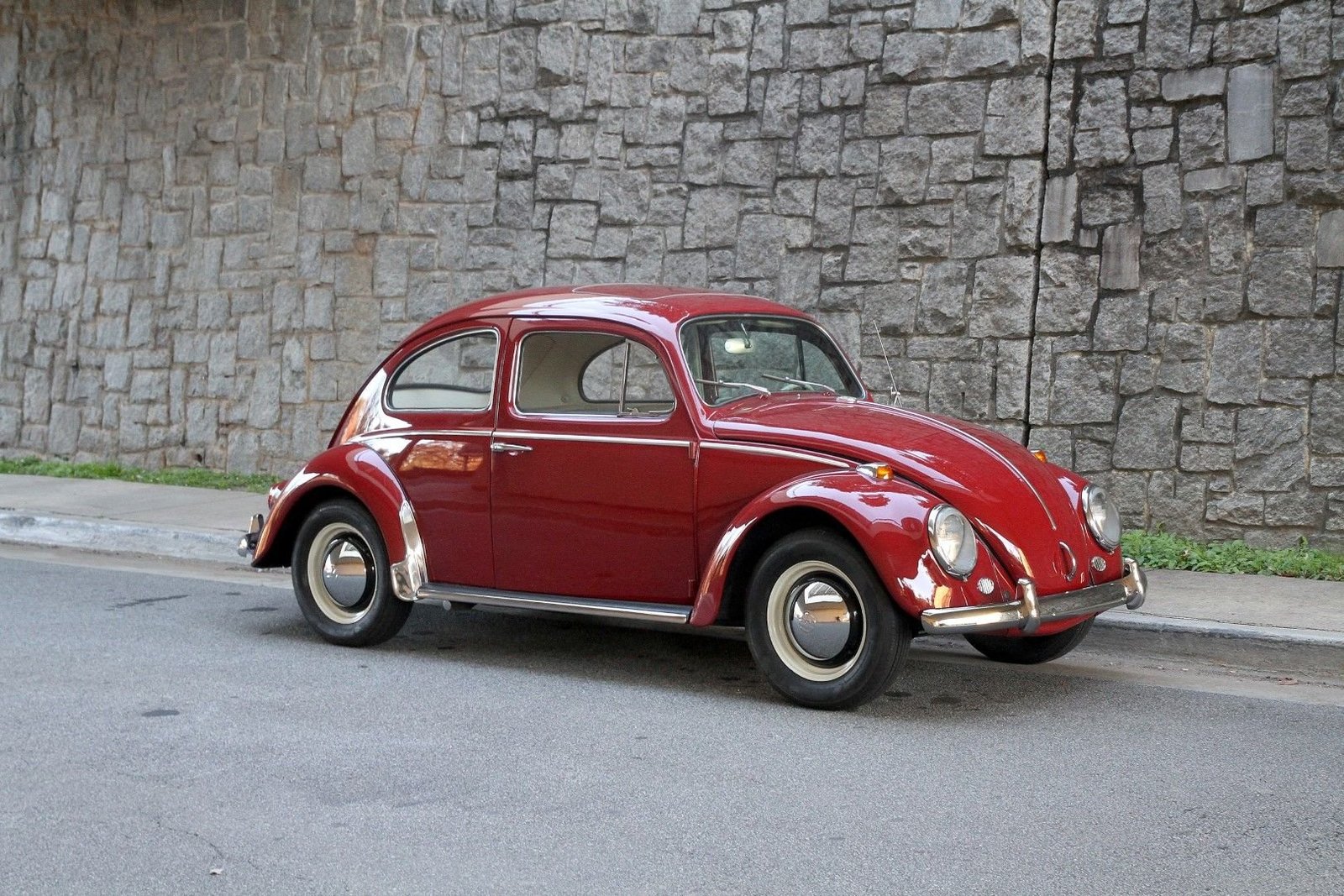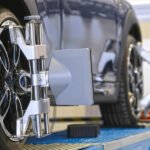

Volkswagen Beetle: The Most Successful Car Ever
The VW Beetle? It’s more than just a car, it’s a legend. Born in 1938 (way back!), this little bug cruised its way into our hearts (and driveways) for decades. Even though production finally ended in 2019, the Beetle’s legacy lives on. But why is this quirky car so darn successful? Let’s dive in!
Iconic Design:
Let’s face it, the Beetle’s got a look that’s hard to forget. Think about it – that curvy silhouette with the big, round headlights just screams “happy little car.” This iconic design, dreamed up by Ferdinand Porsche himself, isn’t just cute, it’s transcended trends like a total fashion boss. The Beetle’s look is so legendary, it even scored a permanent spot in the MoMA (that’s the Museum of Modern Art, for the uncultured swine like me). Basically, the Beetle’s design is as classic as your favorite pair of jeans – never going out of style.
Affordability for the Everyman:
Following the devastation of World War II, Europe craved an economical and reliable car for the masses. The Beetle, designed by Ferdinand Porsche with practicality in mind, fit the bill perfectly. Its air-cooled rear engine was simple to maintain, and its overall design kept production costs low. This affordability put the freedom of four wheels within reach of everyday people.

Durability Built to Last:
In the realm of automotive history, the Volkswagen Beetle stands out not just for its affordability, but for its remarkable resilience and durability. Beyond its economic appeal, the Beetle’s simplistic yet sturdy design ensured it could weather the rigors of everyday driving with ease. From bustling city streets to winding country roads, this iconic car proved itself as a reliable and steadfast companion, earning the unwavering trust of consumers worldwide. Its ability to endure the test of time and maintain its performance under various conditions further cemented its reputation as a dependable choice for drivers seeking longevity and peace of mind on their journeys. In essence, the Beetle’s rugged construction and unwavering reliability elevated it from a mere mode of transportation to a trusted partner in adventure and exploration.
Engineering Innovation:
Despite its simple and unassuming appearance, the Beetle boasted several engineering innovations that contributed to its success. Its rear-mounted, air-cooled engine provided reliable performance and efficient cooling, while its streamlined design offered impressive fuel economy—a crucial factor during its inception and subsequent popularity booms.
Cultural Phenomenon:
Beyond its role as a mode of transportation, the Beetle has ingrained itself in popular culture like few other cars. It starred in movies such as “Herbie: Fully Loaded” and “The Love Bug,” becoming a beloved character in its own right. Its association with the counterculture movement of the 1960s further solidified its status as a symbol of freedom, individuality, and rebellion.
In conclusion, the Volkswagen Beetle’s status as the most successful car ever is a testament to its enduring legacy, cultural significance, and universal appeal. From its iconic design and massive production numbers to its cultural resonance and global impact, the Beetle has left an indelible mark on the automotive landscape and will continue to do so for generations to come.
Add a comment Cancel reply
Categories
- Car Gadgets (17)
- Car News (33)
- Car Reviews (43)
- Car Wars (7)
- Mechanicals (32)
- Uncategorized (2)
Recent Posts
About us

Popular Tags
Related posts


Kia Sorento 2022 Review

Hyundai Palisade 2019 Review








